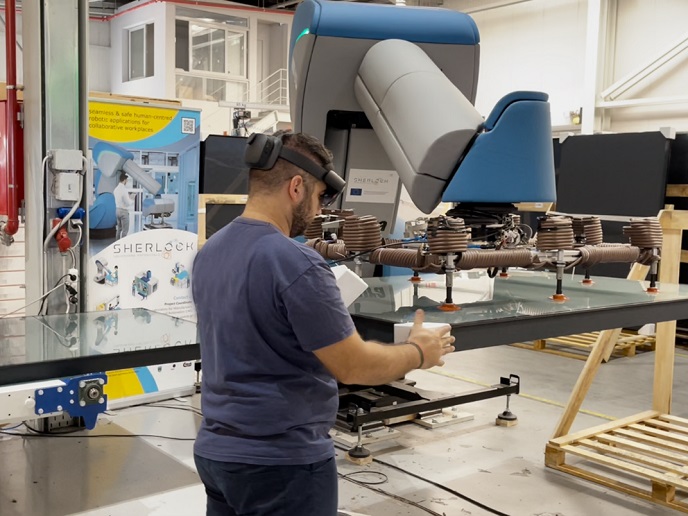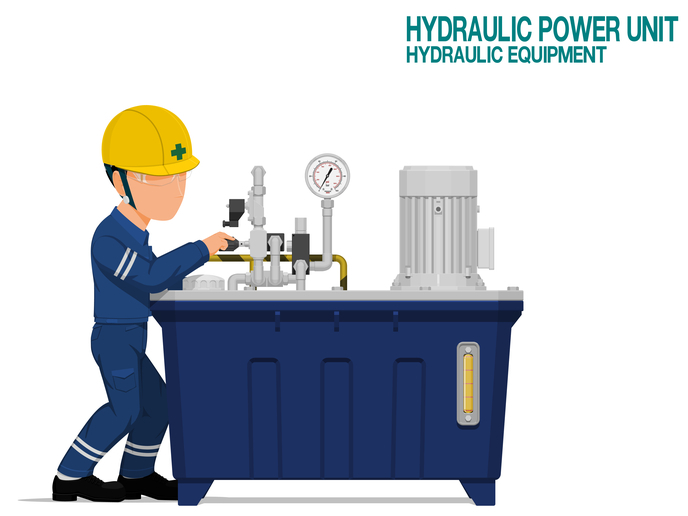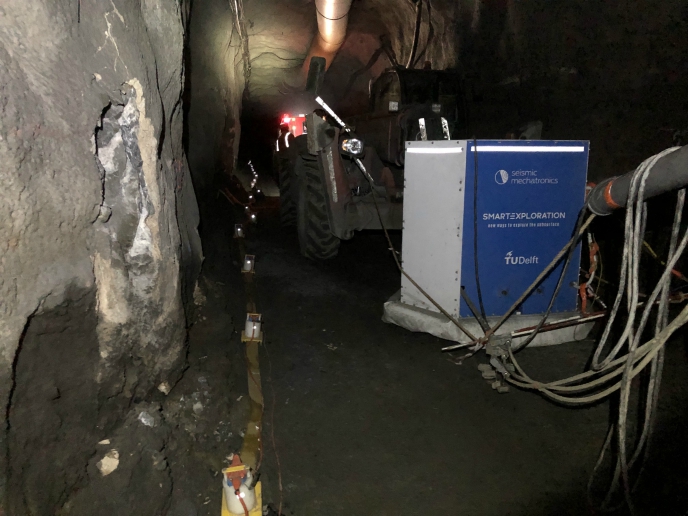Collaborative robots work like humans, with humans
Industry 4.0 is revolutionising manufacturing, but exploiting its full potential will only be possible when humans and robots work together, with technology actively supporting humans’ leading role. The EU funded SHERLOCK project has overcome critical challenges to widespread deployment of human robot collaboration (HRC). Its innovative robotic technologies with smart mechatronics and AI-based cognition make safe, efficient and highly effective HRC possible.
Human-robot collaboration: teamwork makes the dream work
No one size fits all when it comes to industrial application of HRC. Combining components of SHERLOCK’s incredible toolbox of technologies enabled solutions for four industrial applications to exceed performance targets. SHERLOCK enhanced the first-ever high-payload collaborative robot, validated manipulating heavy solar panels while using AI to adapt its behaviour when presenting parts to the operator. “Cycle time was reduced by approximately 18 %, and the maximum weight handled by an operator went from 42 kg previously (requiring two operators) to 2 kg,” explains Nikos Dimitropoulos of the Laboratory for Manufacturing Systems and Automation (LMS) at the University of Patras in Greece and project coordinator. “The high-payload robot will thus support inclusivity,” he notes, “reducing employment barriers faced by operators with physical limitations.” Sotiris Makris, head of the Robots, Automation and Virtual Reality in Manufacturing group at LMS, continues: “Our low-payload collaborative robot supported by an unparalleled advanced digital twin can perform real-time task planning using integrated data from distributed sensors. Our robot undertook riveting during industrial modules assembly, with the operator working on the same piece simultaneously thanks to SHERLOCK’s safety innovations.” The robot’s AI perception module detected about half of the most common assembly errors, and cycle time was reduced by about 40 %. SHERLOCK’s semi-active exoskeleton with AI-driven robotic perception of human actions can automatically modulate its assistance in real time. The exoskeleton provides VR-based training for new operators and AR-based operator instructions. Its use reduced errors in the assembly of large computer numerical control machines. Finally, “SHERLOCK’s mobile two-armed robot was employed for collaborative transport of large composite aerospace parts. Advanced impendance control and intuitive AR interfaces allowed the robot to effortlessly follow and assist the operator’s movement,” explains Makris. The solution reduced the number of operators required to move the large parts, freeing them to focus on other value-added activities.
AI-driven human-like robot behaviour and easy programming foster human acceptance
SHERLOCK demonstrated clear gains in performance, ergonomics and operator acceptance relative to previous HRC applications. “In four industrial scenarios, the SHERLOCK robots perceived the environment and the needs and preferences of the operators, predicted human intention and adapted their behaviour accordingly thanks to AI-driven perception and decision-making. Operators went from curious to enthusiastic, ultimately seeing the robots as valued co-workers,” notes Dimitropoulos. The robots were even easier to programme than anticipated, enabling production engineers to reconfigure systems in hours instead of days without previous knowledge or training. Ease of programming and substantial assistance to operators will reduce many age, gender, physical and training barriers to employment. SHERLOCK has revealed the real-world potential of highly intelligent, assistive robotic systems. HRC has moved from research to application, with three products released during the project’s lifetime. The team will continue maturation of key outcomes in the CONVERGING project.
Keywords
SHERLOCK, robot, AI, HRC, human-robot collaboration, manufacturing, exoskeleton, AR, mechatronics, VR







